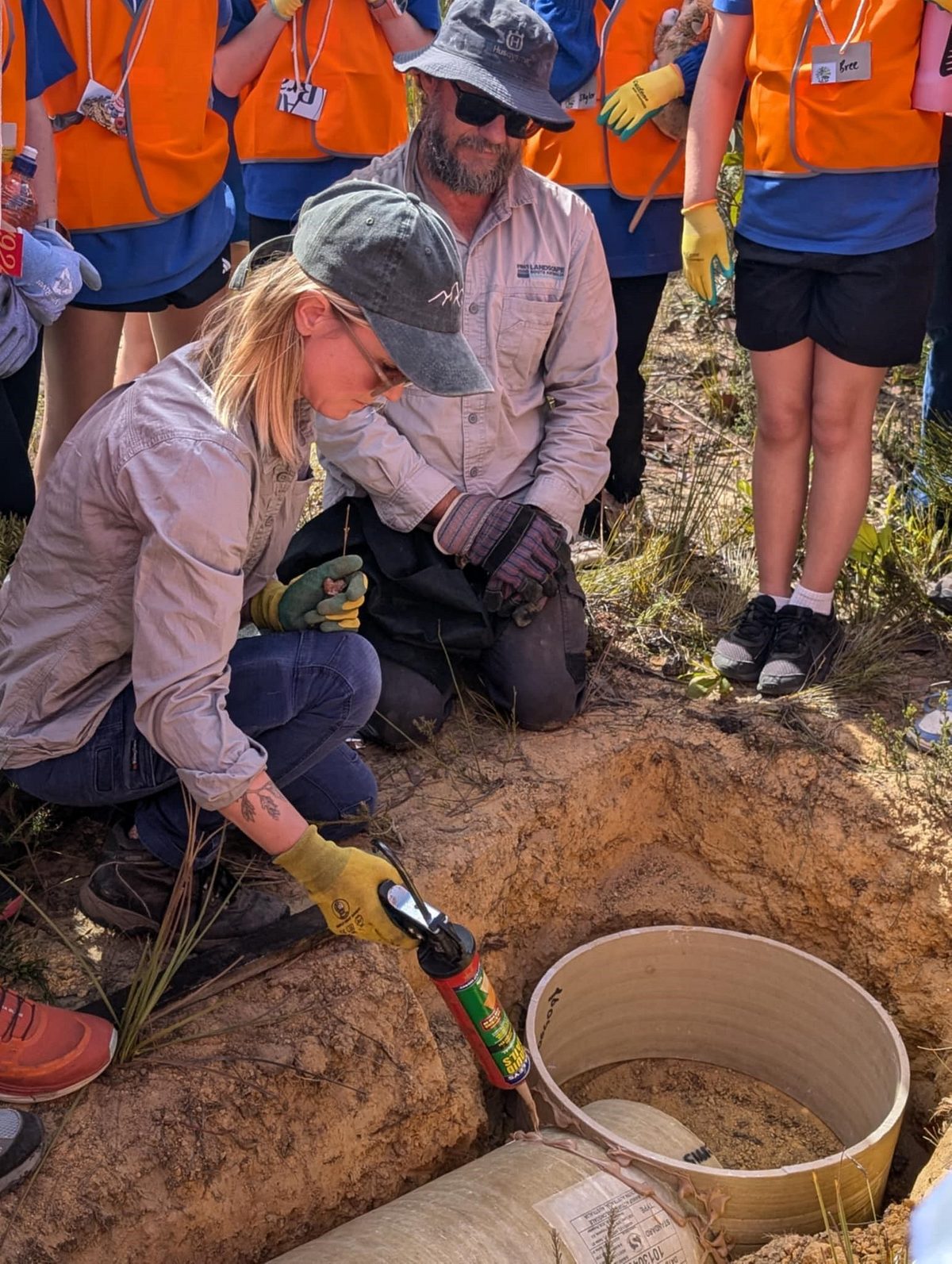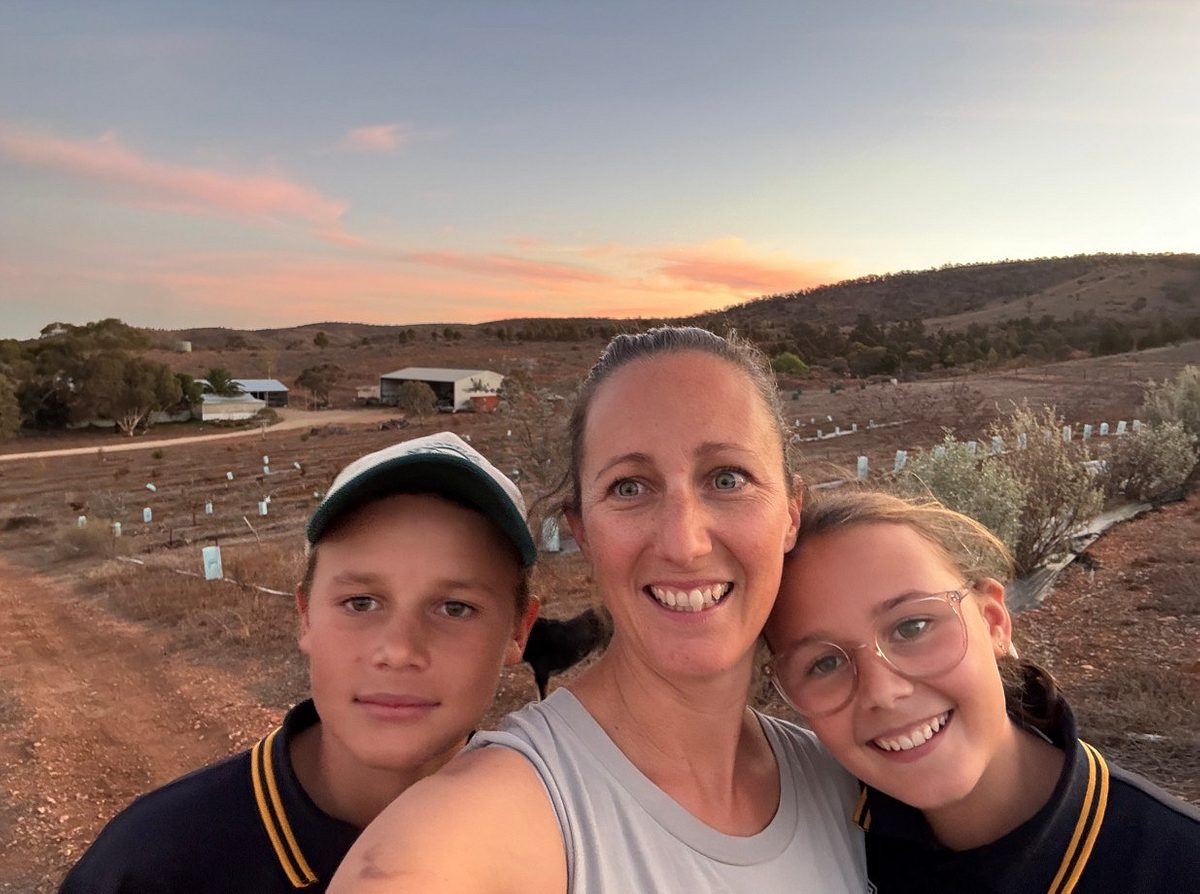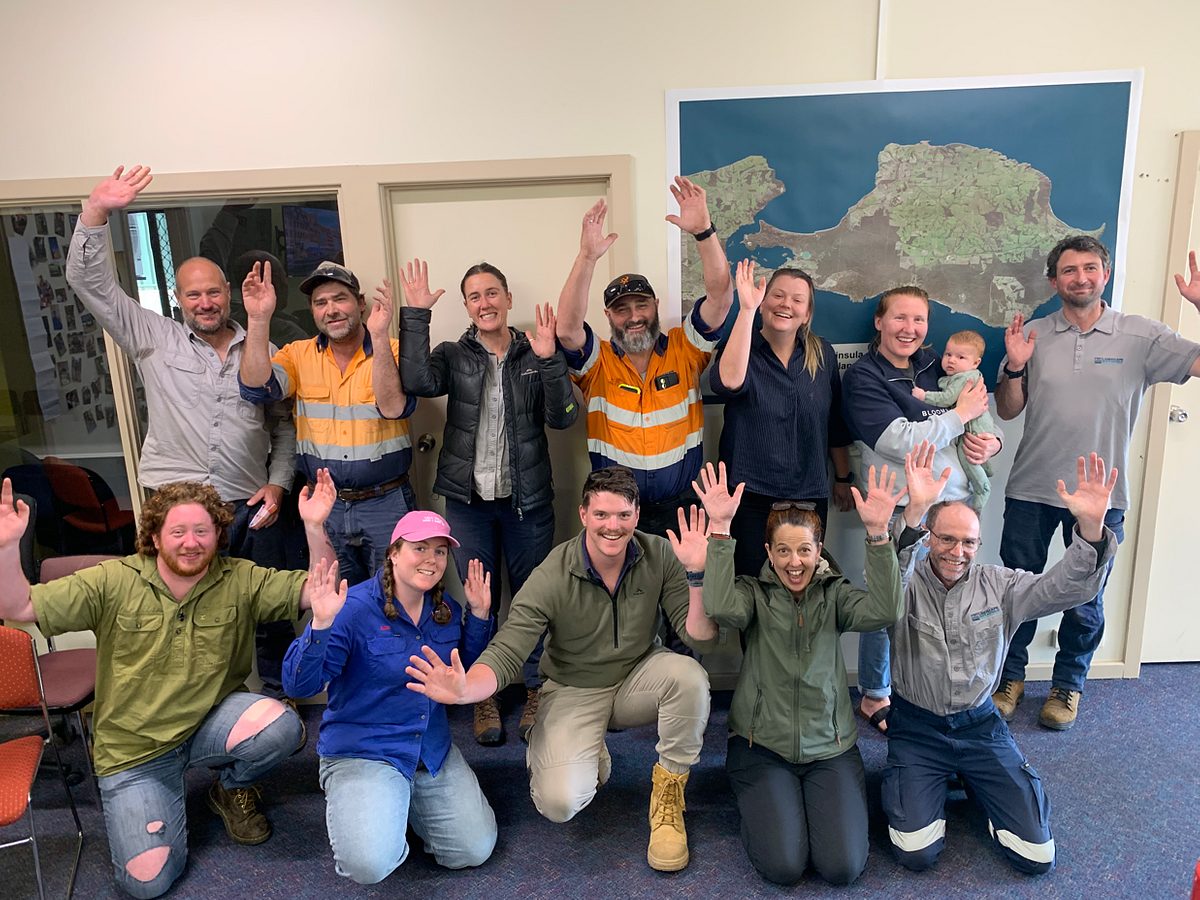New hope for endangered bandicoots
In a genuine effort to support the endangered southern brown bandicoot, the Young Environment Leaders (YEL) participants installed bushfire-proof bunkers at Ravine des Casoars Wilderness Protection Area earlier this year. The aim was to replace structural habitat for the species, but make it ‘fire-proof’ by installing them underground to simulate burrows created by other species.

Native species caught on camera
New photos show a host of native species, including the brush-tailed possum, ring-tailed possum, pygmy possum, vulnerable Rosenberg's goanna, endangered Kangaroo Island echidna, pygmy possum, and an endangered Kangaroo Island dunnart, among the inquisitive native species that checked out the bunkers before the southern brown bandicoots settled in to investigate them.







New photos show a host of native species, including the brush-tailed possum, ring-tailed possum, pygmy possum, vulnerable Rosenberg's goanna, endangered Kangaroo Island echidna, pygmy possum, and an endangered Kangaroo Island dunnart, among the inquisitive native species that checked out the bunkers before the southern brown bandicoots settled in to investigate them.







The southern brown bandicoot, a small, endangered marsupial, is ground-dwelling, weighs about 1 kilogram and needs secure dens—often found in thick, low vegetation or beneath fallen branches.
Before the devastating 2019/20 bushfires, the population status of the southern brown bandicoot on Kangaroo Island was not well understood. Since 2020, the Kangaroo Island Landscape Board has conducted surveys on the western side of the island to track the health of this marsupial. Initially, the Board discovered clusters of bandicoots only in unburnt areas, but recent surveys from 2023 and 2024 show a worrying decline across all habitats.
Ms Byrne-Willey pointed to several potential factors behind this decline, including protracted drought conditions, habitat loss caused by the 2019/2020 bushfires, and predation from feral cats.
"Bandicoots thrive on fungi and insects that flourish during wet seasons, but also require very thick and bushy habitat at ground level to den in, much of which will take time to regenerate in burnt areas. They are also very susceptible to predation by feral cats " Ms Byrne-Willey said.
"The recent wet and cold conditions will hopefully lead to more bandicoot activity and give us an opportunity to understand whether recent declines observed through our monitoring are due to the recent drought conditions or predation.”
Ms Byrne-Willey said it’s wonderful to see the bunkers created by the YEL participants being investigated by the bandicoots, acknowledging the importance of these young conservationists.
"We extend our heartfelt congratulations to the Kangaroo Island Community Education students who took part in the YEL program for their dedication to this vital cause,” Ms Byrne-Willey said.
The YEL program, developed by the Murraylands and Riverland Landscape Board and adopted for Kangaroo Island, gives Year 5 students the chance to engage with their local environment through hands-on experiences while growing as leaders in their communities.
If you’d like to learn more about the YEL program and how you can get involved, please visit: www.landscape.sa.gov.au/ki/education/young-environmental-leaders.
Work to improve the habitat for endangered native mammals is funded by the Australian Government's Saving Native Species Program and delivered by the Kangaroo Island Landscape Board, a member of the Commonwealth Regional Delivery Partners panel.
The Kangaroo Island Landscape Board acknowledges support from the Burnside Rotary Club and SeaLink in the development, delivery and installation of the bushfire bunkers.



